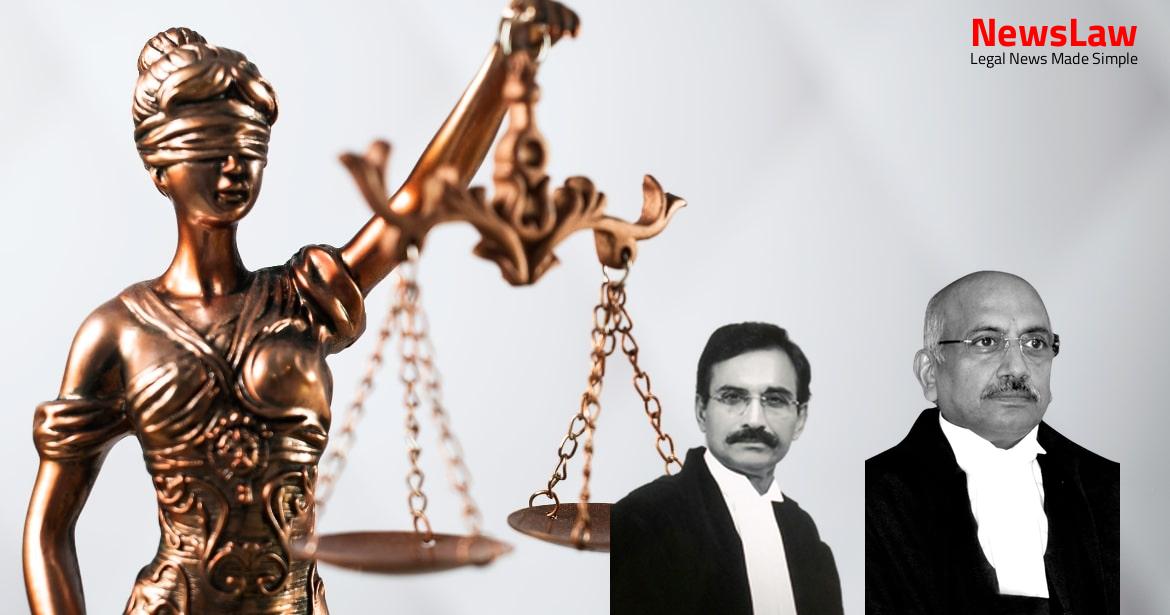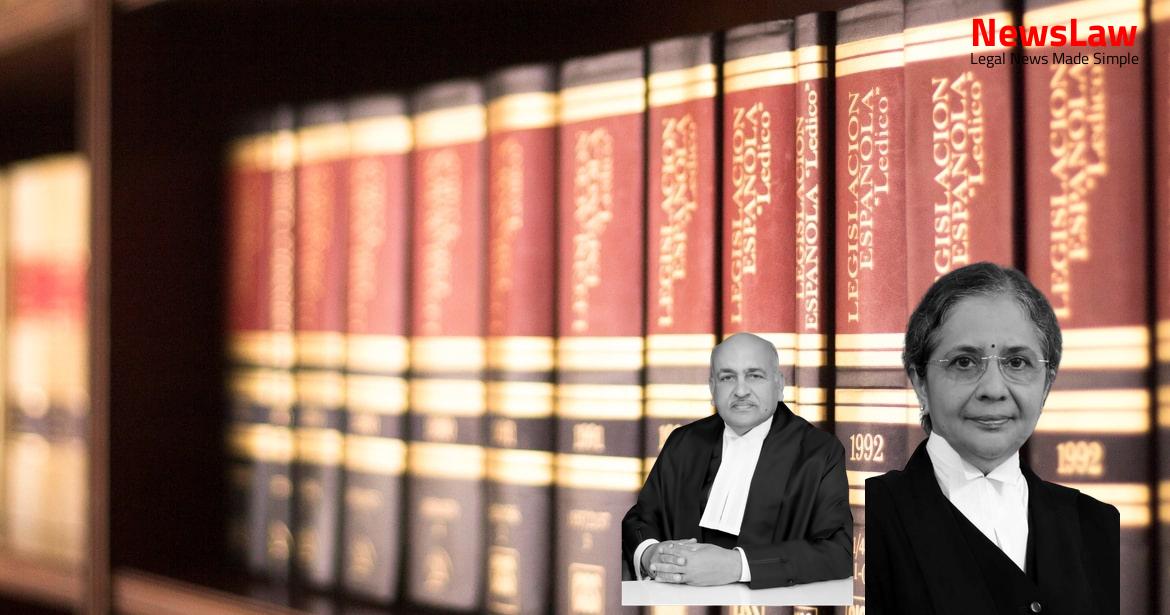The Supreme Court of India has pronounced its final judgment on the murder case of Sushila, a case that captivated the nation’s attention. This landmark ruling sets a precedent for the judicial system and the pursuit of legal justice. Explore how the chain of events, evidence, and circumstances unfolded in this compelling case that involved the prosecution and the accused.
Facts
- Sunita stands convicted for the murder of Sushila, wife of Shish Pal.
- Sushila’s father identified her remains through a DNA test.
- Shish Pal informed Isham Singh about missing children found with Manav Sewa Sangh in Panipat.
- Investigations conducted by SI Shamsher Singh, SI Ramesh Chand, and Inspector Baljinder Singh.
- Neeraj (PW-4) and Pirthi Singh (PW-5) provided crucial evidence of last seen moments.
- Accused Sunita’s relationship with Baburam and alleged motive highlighted.
- Munshi Ram reported the discovery of a burnt body on Baburam’s land, leading to police involvement.
- Co-accused Ashok Kumar and Seth Pal acquitted by trial court.
- Defense argues prosecution story is unbelievable and full of contradictions.
Also Read: Property Inheritance Dispute: The Legacy of Chhotabhai Ashabhai Patel
Arguments
- It is argued that it is impossible to ride a Scooty with a dead body in a gunny bag on the footrest, making the prosecution story improbable.
- The argument is made that if the witness had seen the deceased with the appellant, he would have noticed the height correctly.
- The lack of identification of Sushila by Neeraj (PW-4), who allegedly saw her with the appellant, is considered unbelievable as Neeraj was the appellant’s stepson.
- Pirthi (PW-5) mentioned seeing the deceased with her two minor children in the appellant’s house at around 5 pm on January 3, 2004. However, he admitted that his statement was recorded 7-8 days after the burning of ‘Bitora’ and did not include seeing the deceased with her children in Sunita’s house.
- Evidence of last seen theory is considered a weak type of evidence on its own for conviction.
- Relying on the case of Satpal v. State of Haryana, the counsel for the appellant argues that the testimonies of Neeraj (PW-4) and Pirthi Singh (PW-5) are weak and insufficient for conviction.
- There is a lack of evidence connecting the appellant to the death of Sushila other than the testimonies mentioned.
Also Read: Lt. Col. Om Dutt Sharma vs. Ministry of Defence: OROP Entitlement for Army Postal Service Personnel
Analysis
- Conviction based on circumstantial evidence can be maintained if the prosecution is able to establish a complete chain of events linking the accused to the crime.
- The circumstances must be conclusive in nature, must exclude every hypothesis other than the guilt of the accused, and should point towards the guilt of the accused.
- The chain of events must be consistent with the guilt of the accused and should not raise any doubt about the involvement of the accused in the crime.
- The primary motive for the appellant to take the life of the deceased is not convincingly established
- Statements made by witnesses who are inimical to the accused should be viewed with caution
- Lack of concrete evidence and corroboration weakens the prosecution’s case
- The prosecution failed to prove the place or manner of death of the deceased
- High Court’s reliance on the appellant to explain circumstances of recovered body parts was deemed erroneous
- Suspicion falls on the appellant due to the proximity and familiarity with the deceased and the cousin’s village
- Discrepancies in witness statements and impracticality of certain claims raise doubts about the case
- No missing report filed when the deceased went missing
- Extra-judicial confession made to a relative of the deceased lacks credibility
- Recovery of Scooty based on appellant’s disclosure statement is the only concrete evidence
- The prosecution failed to provide sufficient evidence to prove that the appellant is solely responsible for the murder of Sushila.
- There is reasonable doubt regarding the appellant’s guilt in the murder case.
- The prosecution did not establish a clear motive for the appellant to commit the murder.
- The evidence presented by the prosecution was inconclusive and did not definitively link the appellant to the crime.
- Based on the lack of concrete evidence, the appellant cannot be found guilty beyond a reasonable doubt.
Also Read: Financial Capacity and Specific Performance: A Landmark Judgment by the Supreme Court Of India
Decision
- The appellant has been acquitted of all charges against her.
- The bail bonds for the appellant shall be discharged.
- She is to be set at liberty unless required in any other case.
- The appeal is allowed, granting the appellant the benefit of doubt.
Case Title: SUNITA Vs. STATE OF HARYANA
Case Number: Crl.A. No.-000546-000546 / 2010



